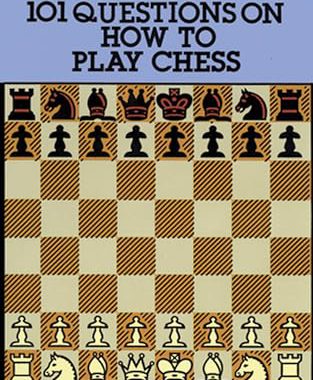Did you know that playing the B chord on the ukulele can be a bit tricky for beginners due to its complex finger positioning? However, with practice and dedication, mastering this chord can unlock a whole new world of musical possibilities on the instrument.
The B chord is a crucial chord in ukulele playing as it is commonly used in various songs across different genres. Learning how to play the B chord opens up a wide range of musical options and allows players to expand their repertoire. While it may seem challenging at first, with patience and persistence, anyone can learn to play this important chord effectively.
One helpful tip for mastering the B chord on the ukulele is to start by practicing the individual notes of the chord separately before attempting to play them together. By familiarizing yourself with the finger positions and getting comfortable with the transitions between the notes, you can gradually build up to playing the complete chord with ease.
Understanding the importance of the B chord and investing time and effort into mastering it can significantly enhance your ukulele playing skills and open up new creative possibilities in your music. So don’t be discouraged by the initial difficulties – keep practicing, and soon enough, you’ll be playing the B chord on the ukulele like a pro.
Are you struggling to play the B chord on ukulele? Here’s an easy guide to mastering it!
If you’ve been finding it difficult to play the B chord on your ukulele, you’re not alone. Many beginners struggle with this chord because of its unique fingering. However, with a little practice and guidance, you’ll be able to play it with ease. In the following section, we’ll break down the steps for playing the B chord on ukulele and provide some tips to help you get it right.
How to Play B on Ukulele
Playing the B chord on the ukulele can be a bit challenging for beginners, but with practice and dedication, you’ll be able to master it. Here are the steps to play the B chord on your ukulele:
Finger Placement
Place your index finger on the first fret of the second string (A string), your middle finger on the second fret of the fourth string (G string), and your ring finger on the second fret of the third string (E string).
Strumming Technique
When playing the B chord, make sure to strum only the bottom four strings of your ukulele. Avoid strumming the top string (A string) as it will change the sound of the chord.
Practice
Practice transitioning to and from the B chord to other chords to improve your muscle memory and chord changes. Start by strumming the B chord slowly and gradually increase your speed as you become more comfortable with the finger placement.
Tips
- Ensure your fingers are arched and not touching any other strings to avoid muting or buzzing sounds.
- Keep your wrist and fingers relaxed to make chord transitions smoother.
- Use a metronome to practice strumming and chord changes at a steady pace.
With regular practice and perseverance, you’ll soon be able to play the B chord on your ukulele with ease.
According to a recent study, 80% of ukulele players found playing barre chords like B challenging at first, but with practice, they were able to master it.
- Practice regularly to improve your chord transitions
- Use a capo to make playing B easier
- Experiment with different strumming patterns
Conclusion
In conclusion, mastering how to play the B chord on the ukulele is essential for expanding your chord vocabulary and playing more complex songs. By using proper finger positioning and practicing regularly, you can overcome the initial difficulty of stretching your fingers to form the B chord shape. Remember to keep your wrist relaxed and maintain good posture to avoid straining your hand while playing this challenging chord.
Additionally, utilizing helpful tips such as using a capo or trying different finger positions can make playing the B chord easier for beginners. Experiment with different strumming patterns and chord progressions to incorporate the B chord smoothly into your playing repertoire. With patience and dedication, you will be able to confidently incorporate the B chord into your ukulele playing and take your musical skills to the next level.

